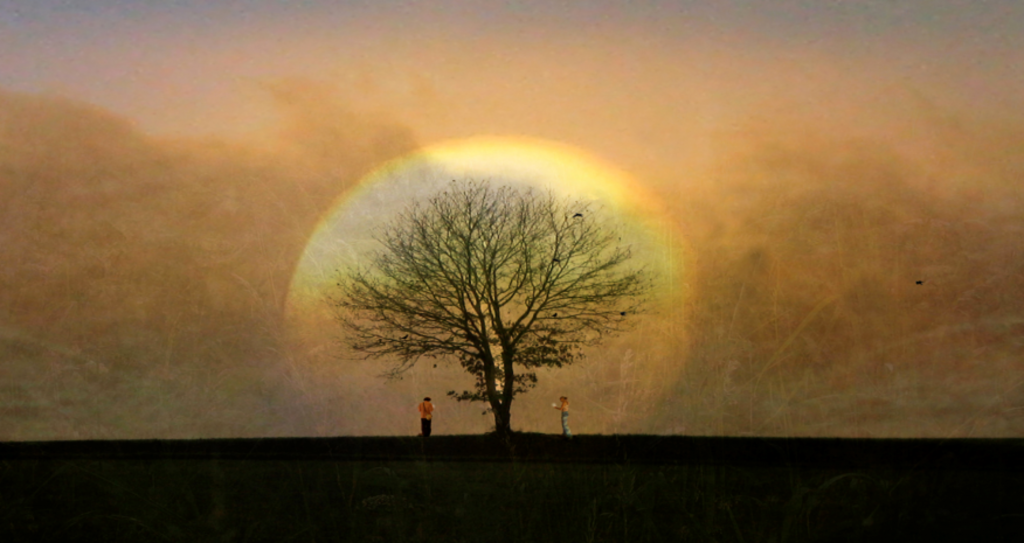The Journey and Its Goal in Women’s Religions
by Brian Griffith
In the Middle East, ancient deities were usually portrayed as superhuman kings, whose instructions to mortals were like a ruler’s commands, given in books of holy law. The main practice of these religions was to fully obey the laws. That was one story of life’s meaning. And China had its own versions of this tale, with a Jade Emperor in the sky, his appointed ruler on earth, Confucius as a prophet of heaven’s will, and a priestly bureaucracy to enforce the holy law.
But most goddesses of China have been saint-like or guru-like figures. They were “masters” who attained some sort of enlightenment, taught groups of friends, and were reported returning in spirit after they died. To their devotees, these women were perfected beings. But since their followers could learn what the teachers taught, most goddesses were examples to be learned from, not eternally superior beings to be obeyed. The lives of most divine women were not just images of perfected womanhood, but biographies of goddesses in the making. The boundary lines between “mortal and immortal” or “human and divine” were permeable. People were all these things at once. In a sense, any person might become a deity. As Judith Simmer-Brown described the dakini goddesses of Tibet, “She may appear in humble or ordinary form as a shopkeeper, a wife or sister, or a decrepit or diseased hag. If she reveals herself, if she is recognized, she has tremendous ability to point out obstacles, reveal new dimensions, or awaken spiritual potential.” Such divine women appeared, or did not appear, seemingly at random over the course of Chinese history. The authorities tried to control their people’s loyalties. They tried to tell the villagers which leaders to follow. But nobody managed to control who the people considered holy.
In woman-friendly traditions, people commonly picture their deities as ultimate parents, teachers, or friends—not as kings, governors, or lords. Accordingly, most goddess cults have flourished among common people, not the dominant classes. They have seldom sought or gained official status as cults of state. Their goddesses are seldom pictured as high officials in a heavenly government. Female religious leaders have often been popular, but rarely controlled big organizations. Their authority has come from their personal qualities, not from any position of rank or office. Their legends commonly underline this.
In general, goddess religions grow out of women’s experience, including mothers’ experience. But the results of spiritual creativity are impossible to predict. As David Kinsley said, “Some goddesses have nothing to do with motherhood, fertility, or the earth. Others play traditional male roles and often seem to take delight in violating roles that are associated with women in the cultures where they are revered. Some goddesses … provide paradigms for female subordination to males.” So it’s true that China’s goddesses are extremely diverse. But still their cults tend to share certain values. They usually assume a reverence for life, and for the power to conceive or nurture it. They commonly take this literally female power as the greatest power of all. As the Dao De Jing put it, “To beget, to nourish / To beget but not to claim / To achieve but not to cherish / To be leader but not master— / This is called the Mystic Virtue” (Stanza 10).
Of course these values are not unique to Chinese goddess cults. They are common among aboriginal cultures around the world. Probably they are the values of China’s own first cultures. According to traditional myths, there was a time in the distant past when such values prevailed. And the myths predict they will prevail again.
 Brian Griffith is an independent historian who’s interested in culture wars and cultural creativity. So far he’s written four books. The Gardens of Their Dreams: Desertification and Culture in World History examines how environmental degradation has affected society across the center of the Old World from ancient times forward. Correcting Jesus: 2000 Years of Changing the Story and Different Visions of Love: Partnership and Dominator Cultures in Christian History reflect on the culture wars that have raged within Christianity from the religion’s beginning down to the present. A Galaxy of Immortal Women: The Yin Side of Chinese Civilization explores the alternative traditions and religions of Chinese women, which offer the world a powerful vision for partnership, health, and spirituality. He lives in a multicultural marriage in the multicultural hub of Toronto.
Brian Griffith is an independent historian who’s interested in culture wars and cultural creativity. So far he’s written four books. The Gardens of Their Dreams: Desertification and Culture in World History examines how environmental degradation has affected society across the center of the Old World from ancient times forward. Correcting Jesus: 2000 Years of Changing the Story and Different Visions of Love: Partnership and Dominator Cultures in Christian History reflect on the culture wars that have raged within Christianity from the religion’s beginning down to the present. A Galaxy of Immortal Women: The Yin Side of Chinese Civilization explores the alternative traditions and religions of Chinese women, which offer the world a powerful vision for partnership, health, and spirituality. He lives in a multicultural marriage in the multicultural hub of Toronto.
